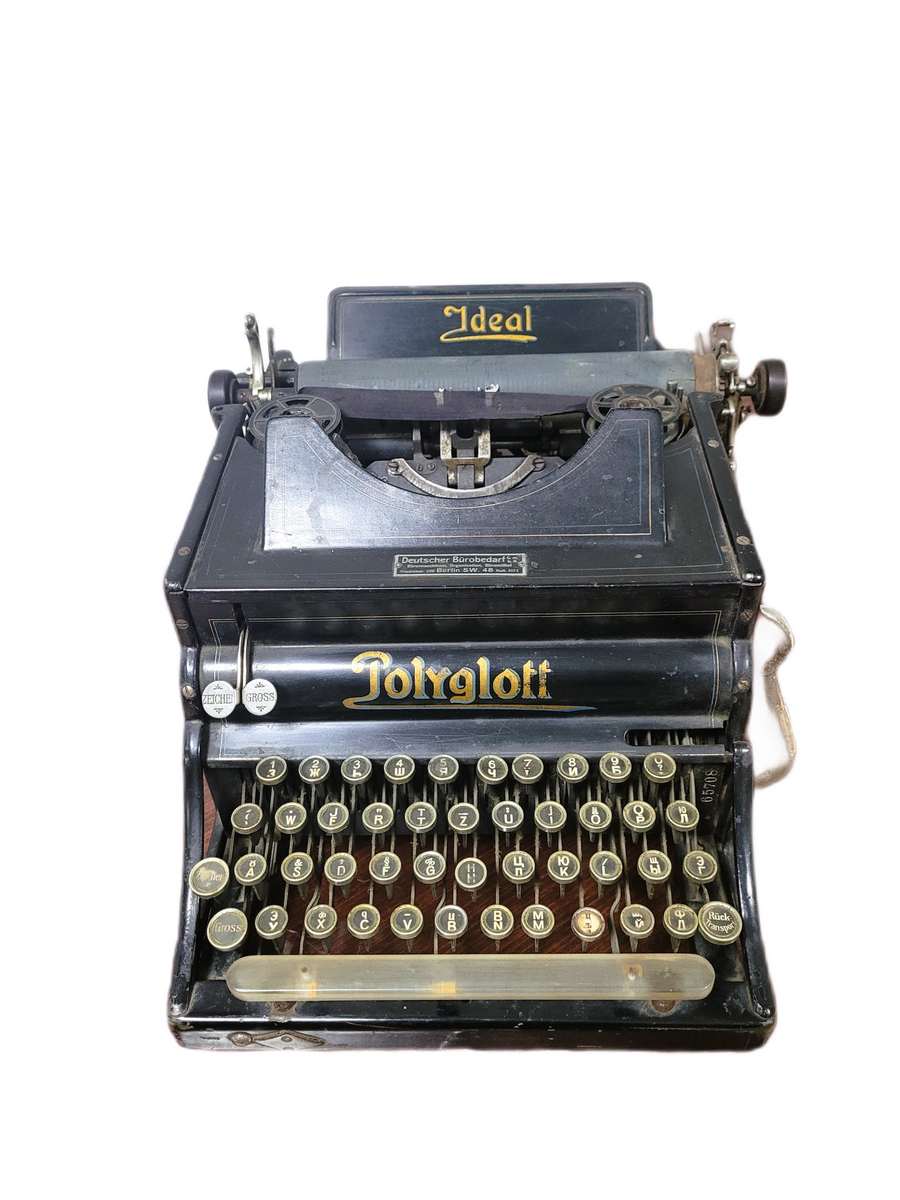 The Archaeological Landscape of Old Orhei is an ensemble of exceptional archaeological sites, located in a fortified natural space with unique features on a global scale. As a result of millennia of collaboration between human genius and the natural environment, the Archaeological Landscape of Old Orhei represents an extraordinary repository of heritage values, a place of rare beauty and great attractiveness that deeply impresses any visitor.
The Archaeological Landscape of Old Orhei is an ensemble of exceptional archaeological sites, located in a fortified natural space with unique features on a global scale. As a result of millennia of collaboration between human genius and the natural environment, the Archaeological Landscape of Old Orhei represents an extraordinary repository of heritage values, a place of rare beauty and great attractiveness that deeply impresses any visitor.
The exhibition aims to present these remarkable heritage values through a collection of photographic panels, offering visitors a comprehensive insight into the rich history and cultural significance of Old Orhei.
The landscape is in the central-eastern part of the Republic of Moldova and extends along the Răut River gorge, 50 km from Chișinău. It is situated in a strategically important location, at the confluence of ancient civilizations: barbarian and Greek, sedentary and nomadic, oriental and western, Christian and Muslim.
The landscape includes a natural amphitheatre of rare beauty, formed by the confined meander of the Răut River, with high banks along its winding course, providing remarkable defence conditions, in fact being a splendid natural fortress.
Old Orhei has multiple elements that give it remarkable universal value, such as: the unique configuration of the landscape; the unity and diversity of the natural framework; the remarkable richness of vital natural resources for the inhabitants; the very important geostrategic position of the place; the strong natural fortification of the landscape; the positioning of the site at the border between spaces with very different cultural models; the remarkable sacredness of the place; the ingenious anthropic adaptation of the space; the high political-economic and military status of the space in various eras, and the extremely high concentration of anthropic traces in this area.
This special place has strongly attracted human communities since ancient times. Within the Landscape of Old Orhei, there is a very high concentration of archaeological sites, perfectly adapted to the relief forms here.
The oldest traces of habitation represent two Upper Palaeolithic sites (ca. 30,000 - 20,000 BC). There is also a long-term settlement from the Copper Age (ca. 5,000 - 3,500 BC). Sparse traces from the late Bronze Age (ca. 1400 - 1100 BC) are also encountered. In the same space, vestiges from the early Iron Age (ca. 1000 - 100 BC) are documented.
On the same promontory, sporadic traces from the late antique period (3rd-4th centuries) are found. Two early medieval settlements (5th - 13th centuries) follow. In the 12th - 13th centuries, in the upper part of the promontory, there was a fortified rural settlement, conquered and destroyed by the Mongols around 1241.
In the first half of the 14th century, an oriental-type city - Şehr al Cedid / Yangı Şeher (New City) - was founded on this site, which existed until 1369 when the Mongols withdrew from the region under pressure from Lithuanian and Moldovan armies.
On the ruins of this city, after 1369, one of the most important medieval Moldovan cities - Orhei - was founded, which existed until the mid-16th century.
The exhibition " The Archaeological Landscape of Old Orhei " can be visited from February 20 - March 20, 2025, at the National Museum of History of Moldova, Chișinău, 31 August 1989 Street, No. 121 A.





 The side panels are elegantly decorated with refined cast-iron elements in the Art Nouveau style, displaying the brand name - "Ideal." The Polyglott model, featuring a bilingual keyboard patented in the United Kingdom by Max Klaczko from Riga, Latvia, was produced between 1902 and 1913, marking the first typewriter capable of writing in two languages. The "Ideal Polyglott" typewriter was actively sold in the Russian Empire and gained significant popularity in Poland, Bulgaria, and Serbia.
The side panels are elegantly decorated with refined cast-iron elements in the Art Nouveau style, displaying the brand name - "Ideal." The Polyglott model, featuring a bilingual keyboard patented in the United Kingdom by Max Klaczko from Riga, Latvia, was produced between 1902 and 1913, marking the first typewriter capable of writing in two languages. The "Ideal Polyglott" typewriter was actively sold in the Russian Empire and gained significant popularity in Poland, Bulgaria, and Serbia.













































